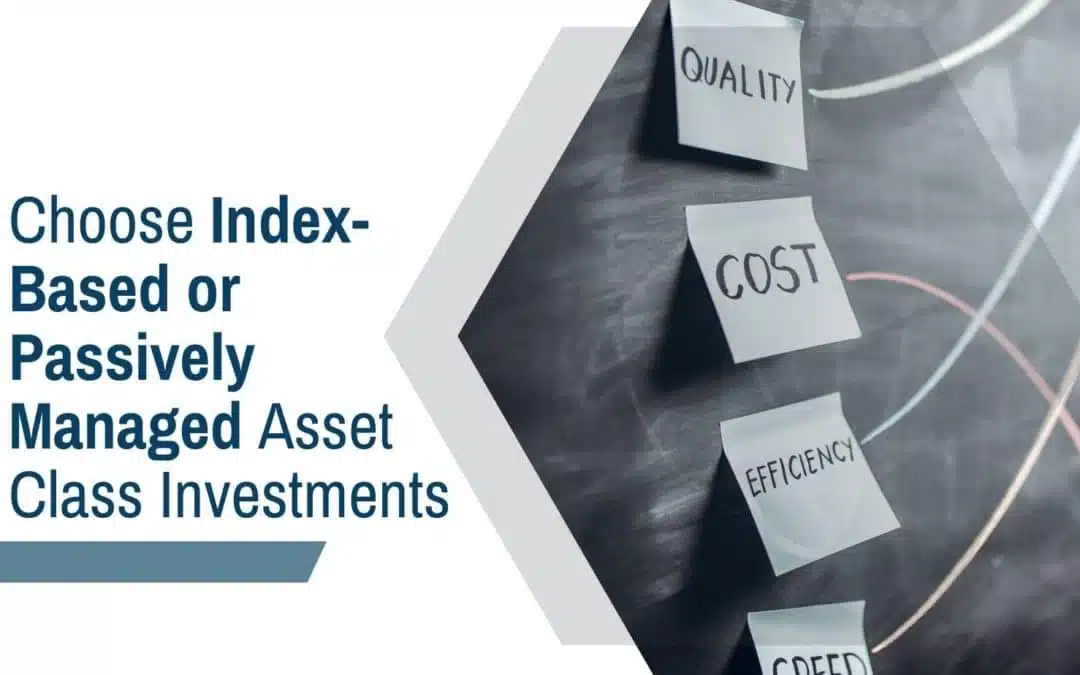the empowered investor
How To Handle Cold Markets and Hot Stocks
Investment Pitfall #3: Outsmarting Markets and Chasing Performance
Key Takeaways
- Investment pitfalls are all around us, including timing the market and chasing performance. By understanding them, you stand a better chance of avoiding them.
- Market-timing is when you try to outperform the general market by exiting out of it before a downturn and getting back in after the coast seems clear. This scratches our itch to “do something” during crises.
- To avoid the market-timing trap, it helps to realize how hard it is to succeed at it. There’s a reason market-timing rarely works as hoped for: You have to get the timing right not just once, but twice.
- Succumbing to “FOMO” (fear of missing out), investors also chase fast-moving performers … after their prices are already sky-high.
- Countless performance-chasing parades have come and gone, with one thing in common: By trying to concentrate in a hot trend once it’s already popular, you’re riding a massive wave that could subside at any time.
- To avoid these and similar pitfalls, build a low-cost, diversified investment portfolio, and simply stick with it over time.
“To be a successful long-term investor, you need to be playing the long game. And in our world, I think the long game is 10, 15 years in. What ends up happening instead is that investors get suckered into playing the short game.”
Picture this: You’re a big hockey fan, and not so bad yourself at the local rink. One day, you win a charity auction to go one-on-one with hockey legends Hayley Wickenheiser or Wayne Gretzky. Even though they are now retired, would you bet against them? Pitted against sports superstars (with seven World Championship gold medals and sixteen 100-point seasons respectively) most of us would wisely decide to just enjoy the experience, rather than expect to score any bragging rights.
And yet, under similar circumstances, countless investors routinely try to best, rather than play along with our “world champion” stock markets. Today, we’re going to cover two ways investors try to defy all odds by timing the market and chasing performance.
FIRST, SKIP THE PITFALLS
Unfortunately, market-timing and chasing performance aren’t the only pitfalls. Why are we so vulnerable to them? We’re tackling that question in this series of Empowered Investor posts. For a deeper dive, we’ve also published The Empowered Investor.
In our last couple of posts, we described how investors often skip the essential step of developing an investment philosophy to guide their game. Instead, they make decisions based on flimsy forecasts and, as we’ll cover next, they engage in unhealthy market-timing and performance-chasing. This not only tends to trip up your financial goals, it generates unnecessary stress and worry.
Undesirable outcomes and not feeling great along the way? If you’re keeping score, that’s a double-negative.
AVOIDING THE MARKET-TIMING TRAP
Market-timing is when investors try to outperform the general market by exiting out of it before a downturn and getting back in after the coast seems clear. The idea is appealing in theory. It scratches our innate itch to “do something” during crises, instead of just sitting there. But there’s a compelling reason market-timing rarely works as hoped for: You have to get the timing right not just once, but twice.
First, you have to decide to move to cash before a big drop, when everything still feels okay. If you wait until bad news has already arrived, you’ll probably end up selling low, at or near market bottom. For example, think back to the pandemic-induced bear market beginning in late February 2020. If you saw that coming ahead of time, your psychic powers are stronger than ours.
Second—and an equal challenge—you must also correctly time when to get back in at still-attractive prices. Once again, pandemic markets illustrate how hard this is. As market prices rose while the pandemic lingered on and on, investors who had exited the market were left scratching their heads over when it was safe to return. By the time it seemed obvious the market was on a roll, it was too late to invest in many bargains.
In short, recoveries are usually only obvious in hindsight, after markets have staged some of their most dramatic price pops. Instead of trying to dodge the downturns, your best bet is to simply stay put.
AVOIDING THE ALLURE OF CHASING PAST PERFORMANCE
Why do investors tend to chase fast-moving performers … after their prices are sky-high? We think it boils down to a human bias known as FOMO, or Fear of Missing Out.
Sure, when everybody’s celebrating a stock, sector, or style, prices may go higher still. But once you buy exuberantly high, you increase the risk you’ll end up selling low when the excitement subsides. As with market-timing, you probably won’t realize the party’s over until it’s too late to make a graceful exit.
Having been financial advisors for quite a while, we’ve seen countless performance-chasing parades come and go. It would be amusing, if real investors weren’t coming to real harm in their aftermath. Here are a few of them:
- Oil and gas: Throughout the 1990s, this sector seemed unstoppable. It declined in the new millennia, only to resurface in 2002–2007. Today, not so much. Over time, it’s pretty clear we should expect an ongoing rollercoaster ride out of this sector.
- Tech stocks: The ’90s were also a hot time for tech stocks like the dot-coms, and bigger players like Lucent and Northern Telecom. Many investors abandoned all other sectors to chase the tech trend, spurred on by market gurus of the day. Ugh, I think we all know how that ended.
- Consumer products: From 1990–2000, stocks like Procter & Gamble, Johnson & Johnson, and Walmart were the talk of the town; General Electric was up 800% during that period. Today (March 2022), GE has since lost 80% of its value.
- Canadian companies: We all want to see our home-grown companies do well, and thankfully, many of them do. But high-flyers such as Valeant or weed stocks show us that chasing performance can still pose financial health hazards. Valeant was once the largest stock in the TSX, peaking at $335/share … until a 2015 SEC inquiry abruptly sent its stock plummeting by more than 90% from its peak.
-
INVESTING FOR THE LONG RUN
We’re not saying you should avoid hot stocks, like today’s Tesla, FAANG stocks, and Canada’s own Shopify. Surging stocks do offer returns to earn. But by trying to concentrate in them once they’re already wildly popular, you’re riding a massive wave that could subside at any time.
To avoid these and other pitfalls, we continue to recommend building a low-cost, diversified investment portfolio (which will inherently include most of today’s darlings), and simply sticking with it over time. This evidence-based strategy best positions you to capture expected returns from Canada’s enterprises and around the world. It also calms that queasy feeling you get whenever you try to sign on for a wilder ride by timing the market or chasing performance.
In our next post, we’ll cover another related pitfall, touched on above: the risk inherent in making concentrated bets instead of broadly diversifying. If you have questions or comments about what you’ve read so far, please reach out to us today. We love hearing from our readers!
Additional Reading:
- Key Questions for Long-Term Investors: Dimensional Fund Advisors
- The Coffeehouse Investor’s Ground Rules: Bill Schultheis
- And, as always, our own book: The Empowered Investor
More Winning Investment Principals

Investment Principal #4: Maximize Returns with Key Investment Factors
Discover how investment factors can help you maximize returns. Learn strategic factor investing to enhance your portfolio.

Investment Principal #3: Using Passive/Index Funds or ETFs
Index-based or passive asset class funds focus on how to reduce the costs and frictions involved in capturing the market’s generous expected returns over time.

Investment Principal #2: Diversify Your Asset Classes
The magic behind diversification is found in a financial measure known as correlation, or the degree to which two asset classes move in similar patterns.
Stay on top of your financial education
Subcribe and follow to get updates on important wealth management topics.

Connect
Visit Us
3535 St-Charles Blvd.
Suite 703
Kirkland, Quebec
H9H 5B9
Connect